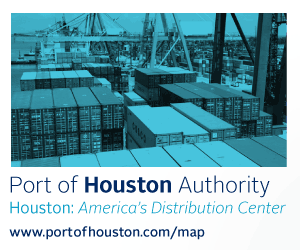|
London Gateway, Britain’s two-year-old container port on the River Thames owned by DP World, employs the latest technology to make its operations as efficient as possible.
Banks of computer screens line the computer room, the headquarters for tracking trade at the massive complex. Some of the screens reveal charts containing numerous charcoal blocks - graphic representations of the metal containers that are the mainstay of global freight trade.
"From here we plan, control, monitor and execute all the container movements," says operations manager Ivan Deosdad i Lopez. "It's like a very complicated game of Tetris."
The controls of a quay crane are not too dissimilar to a game console. In fact, London Gateway actively seeks job applications from gamers. These quayside
|
cranes are huge, roughly equivalent to the London Eye in height with their booms up. And they can move four containers on or off a ship at once.
Each container is identified by an optical character recognition system that reads a unique identifying code - a combination of four letters and seven numbers. This helps track the 6-meter- or 12-meter-long metal containers as they transport consumer goods around the world.
Southampton's port - also owned by DP World - offers customers "live terminal data" giving them the ability to track cargo "from ship to shore," while the UK's busiest container port at Felixstowe has just commissioned two new track-mounted gantry cranes to increase cargo volumes by rail.
For more of the BBC News story: www.bbc.com
|



